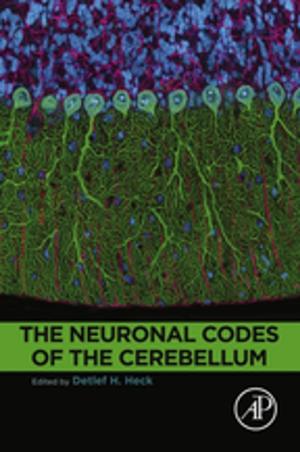Advances in Radiation Biology
Volume 9
Nonfiction, Science & Nature, Science, Biological Sciences, Physiology| Author: | ISBN: | 9781483281896 | |
| Publisher: | Elsevier Science | Publication: | October 22, 2013 |
| Imprint: | Academic Press | Language: | English |
| Author: | |
| ISBN: | 9781483281896 |
| Publisher: | Elsevier Science |
| Publication: | October 22, 2013 |
| Imprint: | Academic Press |
| Language: | English |
Advances in Radiation Biology, Volume 9, provides an overview of the state of knowledge in radiation biology. The book contains nine chapters and begins with a study on the ways in which physical and chemical agents might trigger "regulatory dysfunction" and how these agents might interact with each other. This is followed by separate chapters on the mechanisms underlying changes in vascular function after doses of radiation in the therapeutic range and their role in the development of late effects in normal tissues; the future of hypoxic cell sensitizers in the clinical setting; DNA strand break formation by ionizing radiation; and major pathways which result in radiation-induced loss of cellular proliferative capacity. Subsequent chapters deal with the solid-state radiation chemistry of DNA; radiosensitivity of proliferating mammalian cells; the use of microwave/radiofrequency energy cancer treatment; and the decline of basic radiobiology.
Advances in Radiation Biology, Volume 9, provides an overview of the state of knowledge in radiation biology. The book contains nine chapters and begins with a study on the ways in which physical and chemical agents might trigger "regulatory dysfunction" and how these agents might interact with each other. This is followed by separate chapters on the mechanisms underlying changes in vascular function after doses of radiation in the therapeutic range and their role in the development of late effects in normal tissues; the future of hypoxic cell sensitizers in the clinical setting; DNA strand break formation by ionizing radiation; and major pathways which result in radiation-induced loss of cellular proliferative capacity. Subsequent chapters deal with the solid-state radiation chemistry of DNA; radiosensitivity of proliferating mammalian cells; the use of microwave/radiofrequency energy cancer treatment; and the decline of basic radiobiology.















